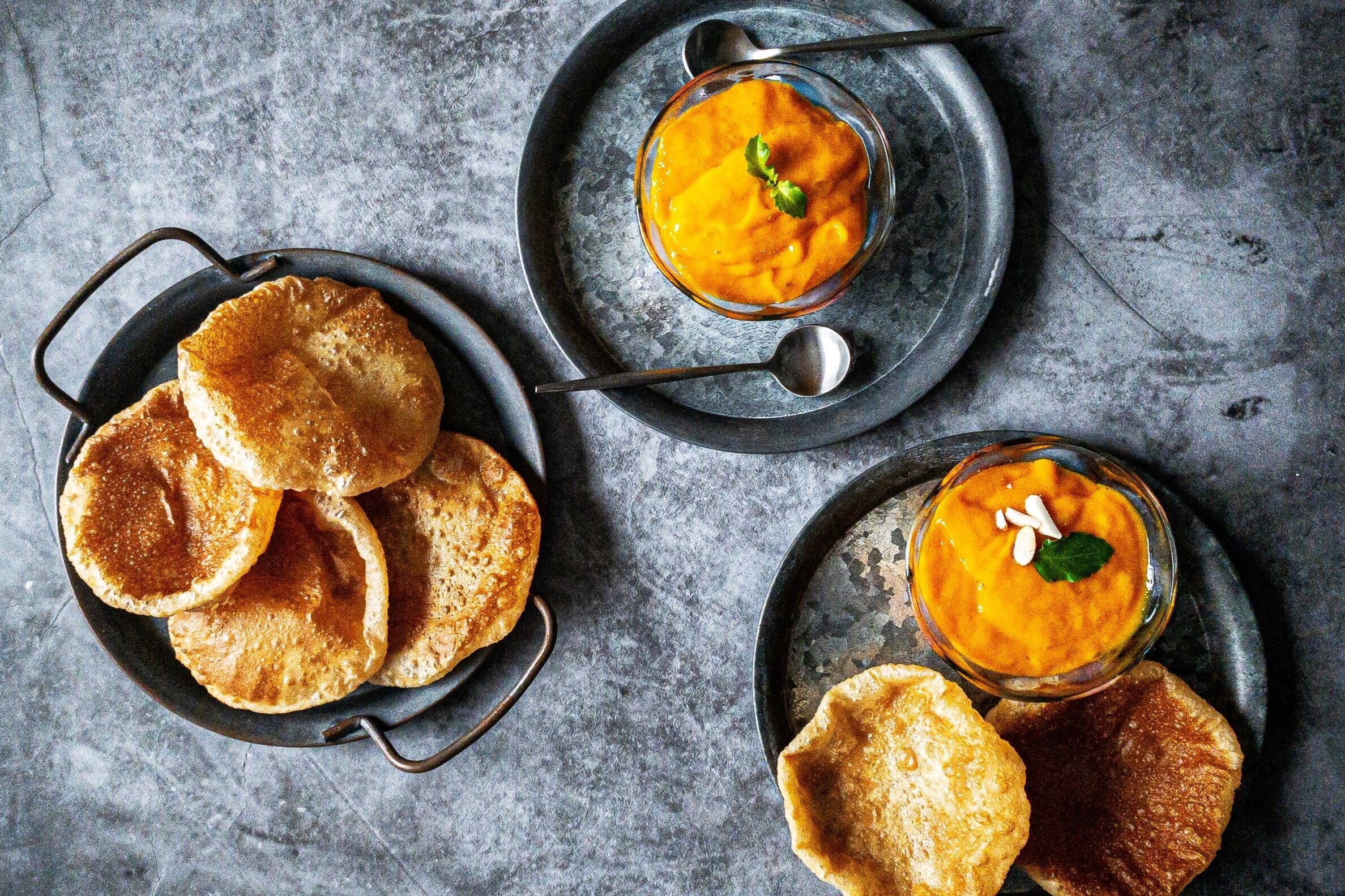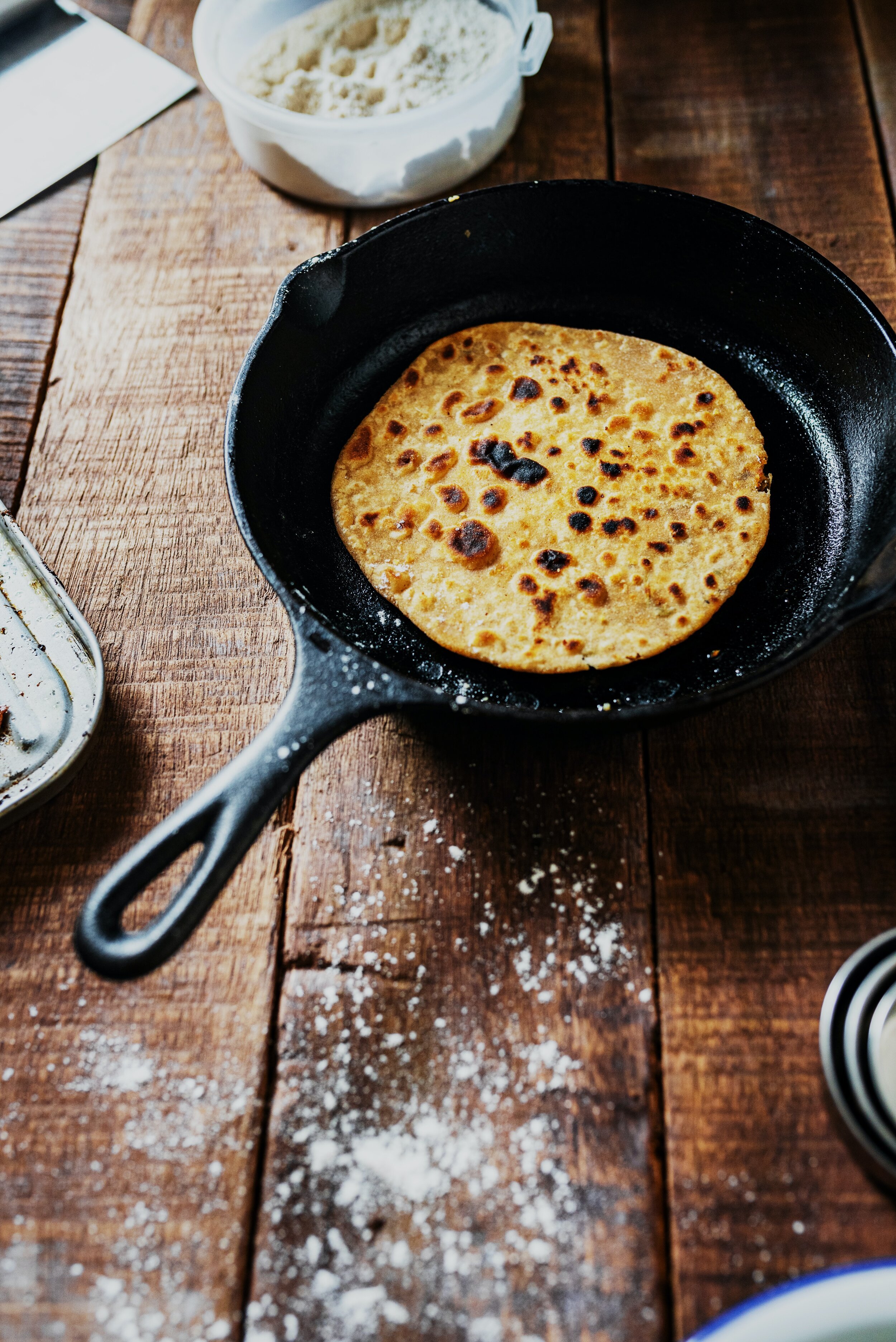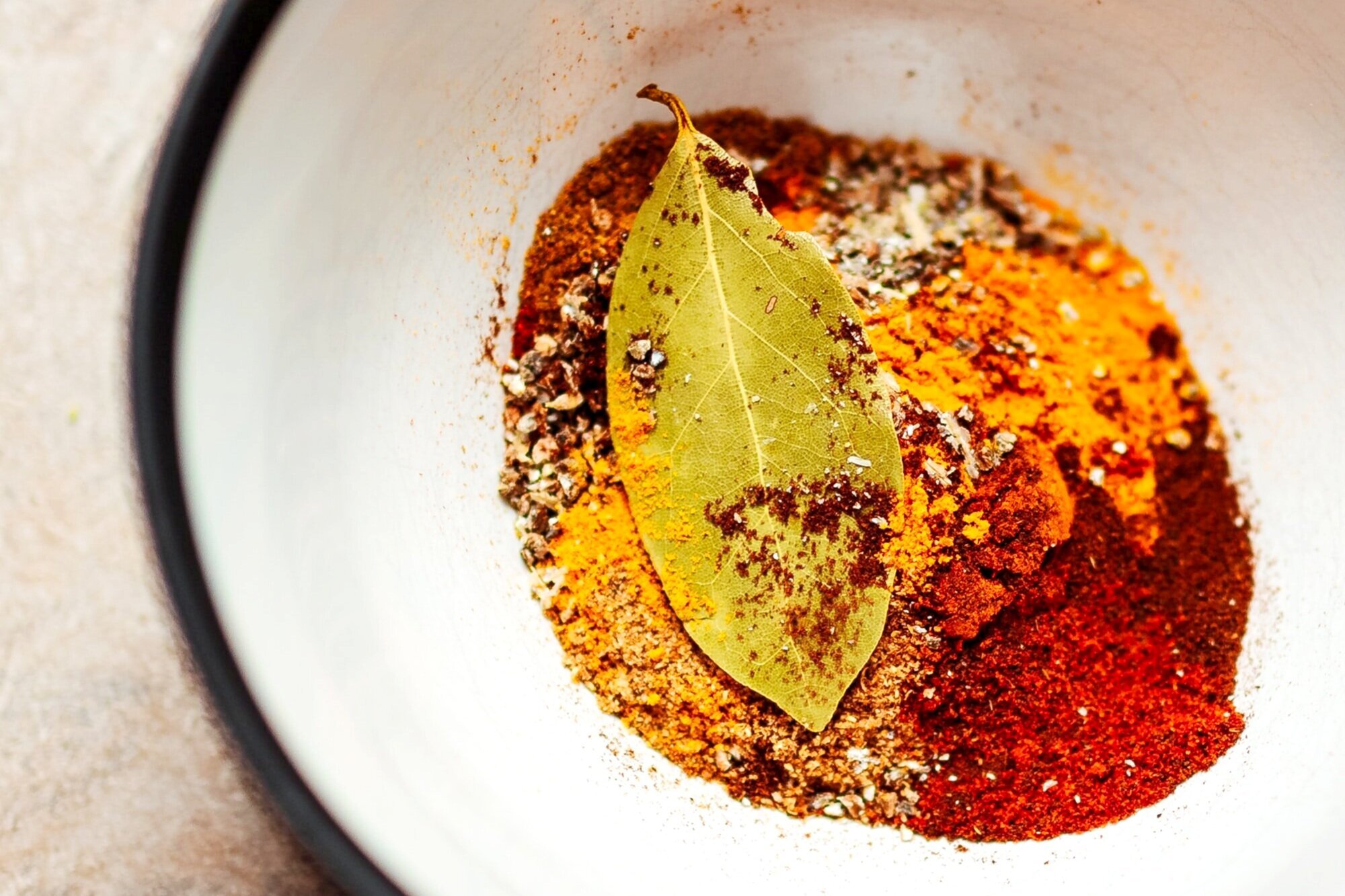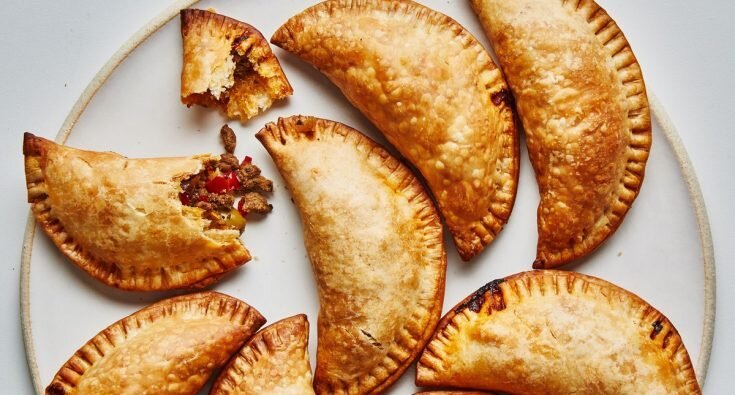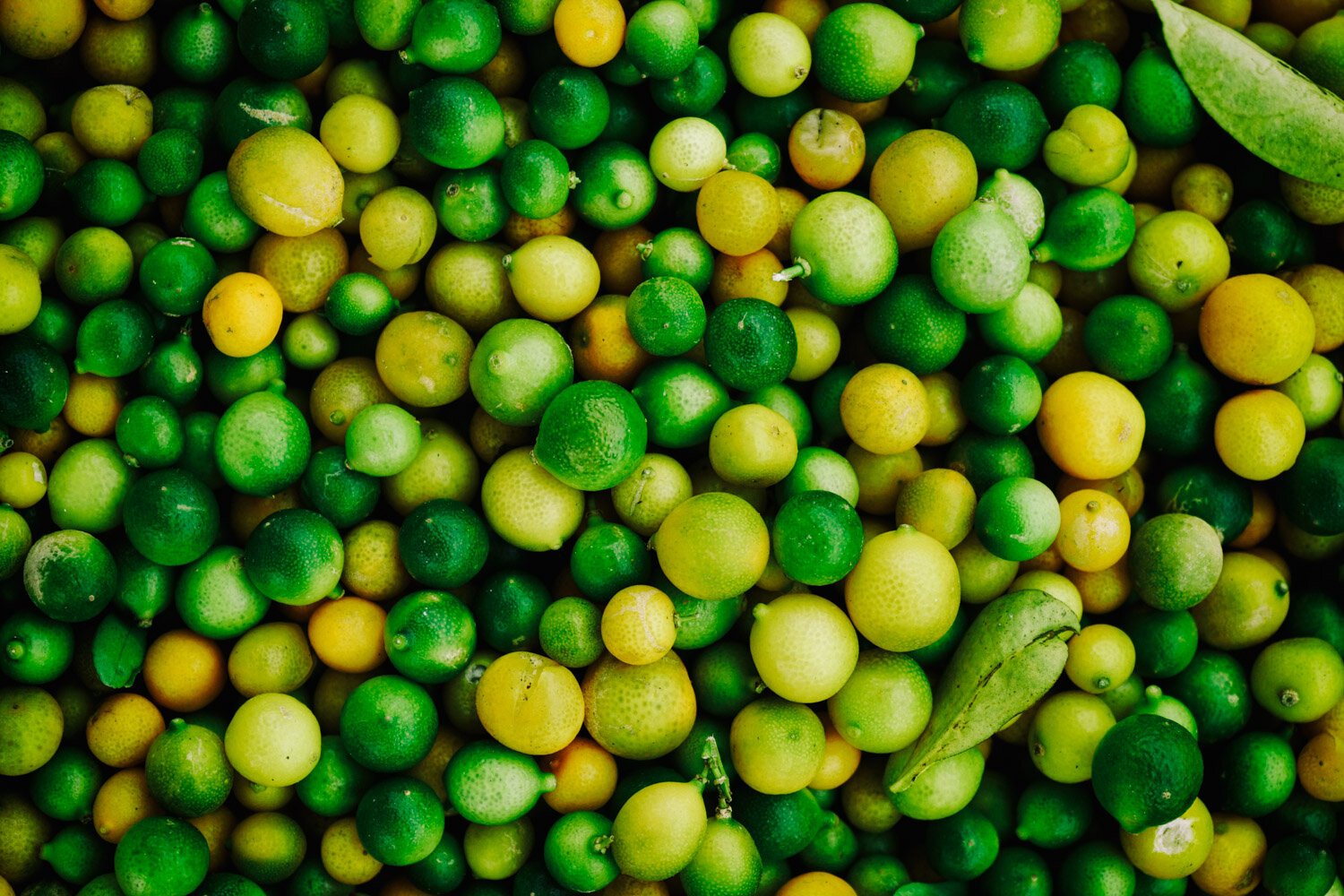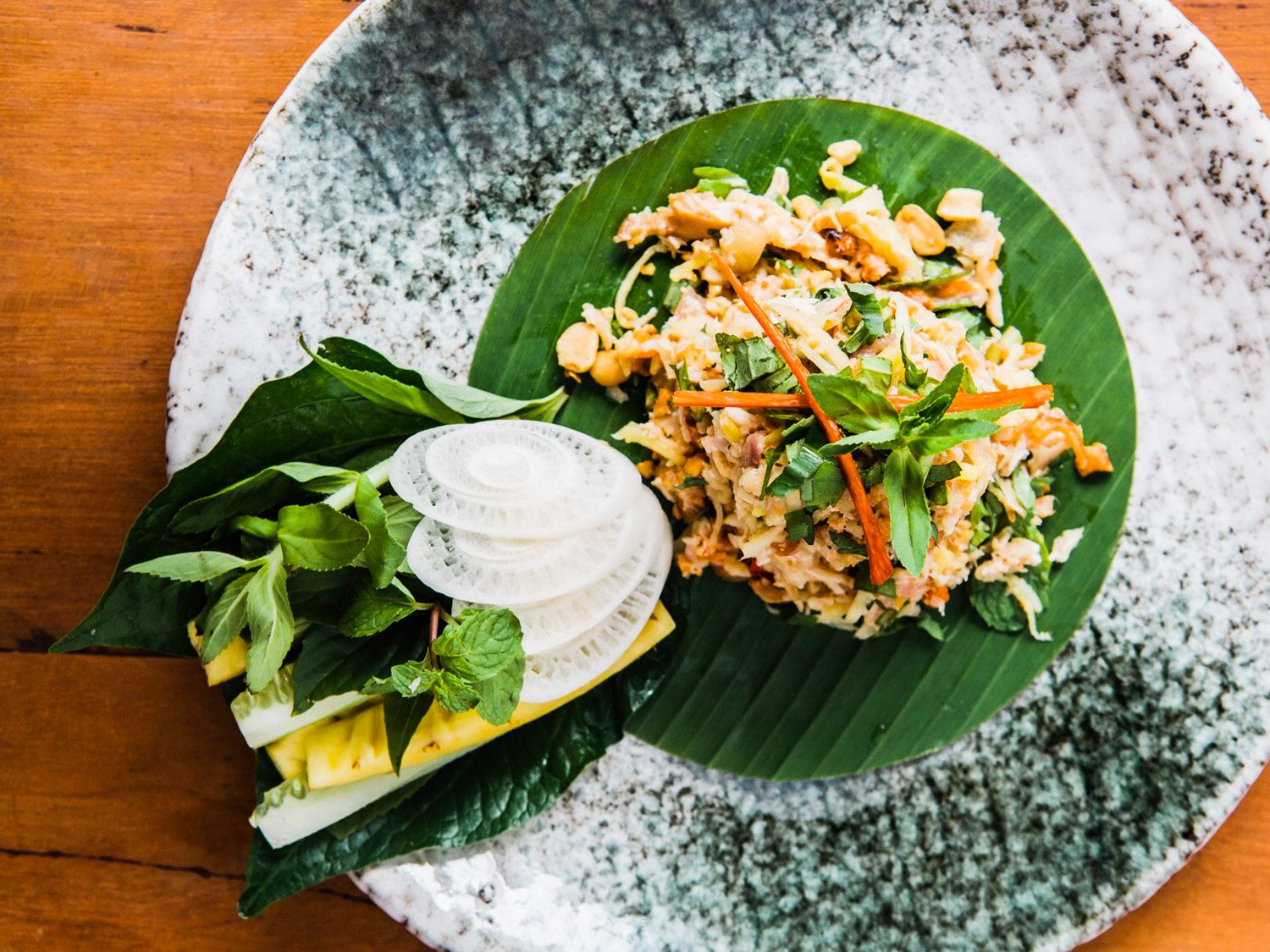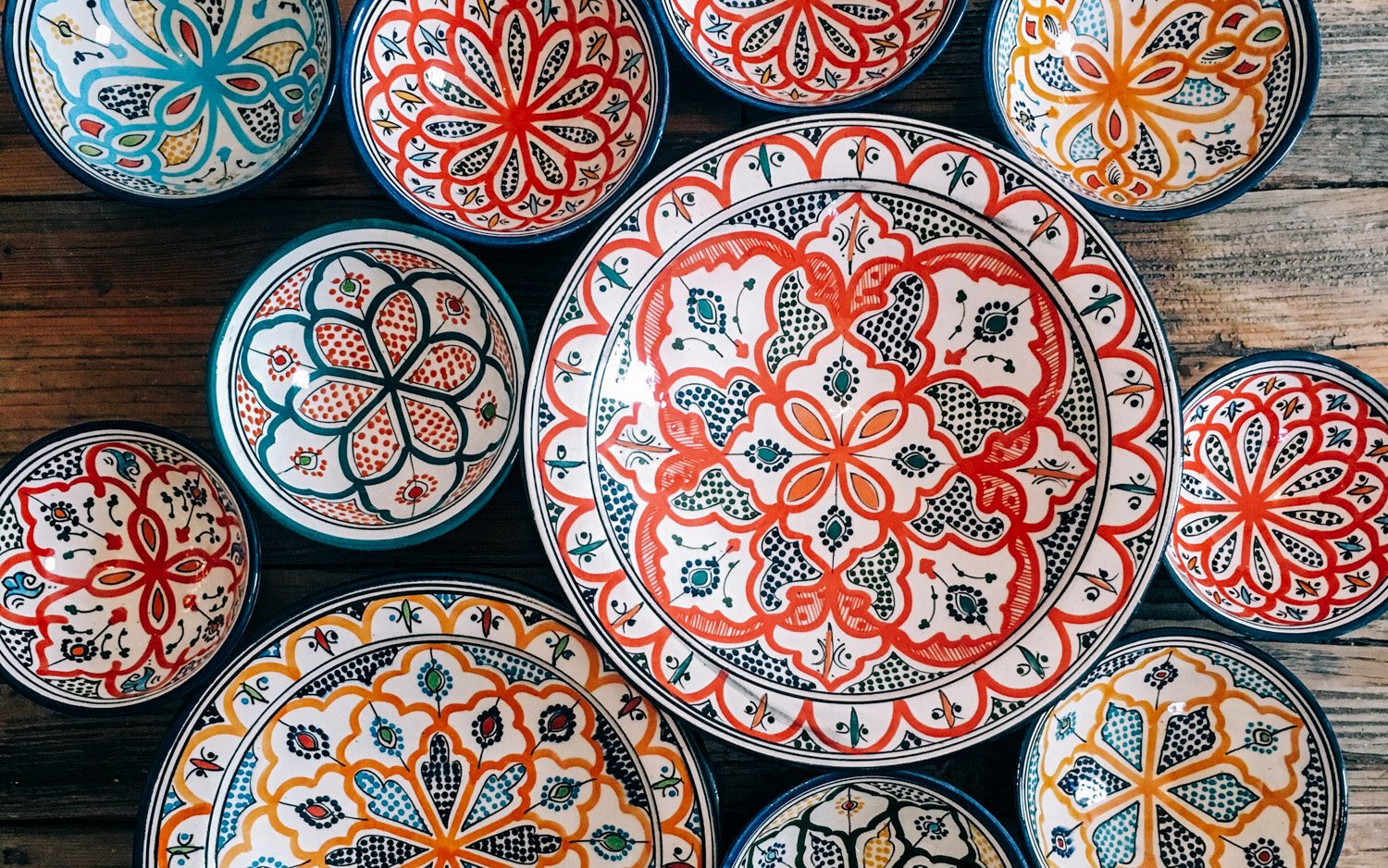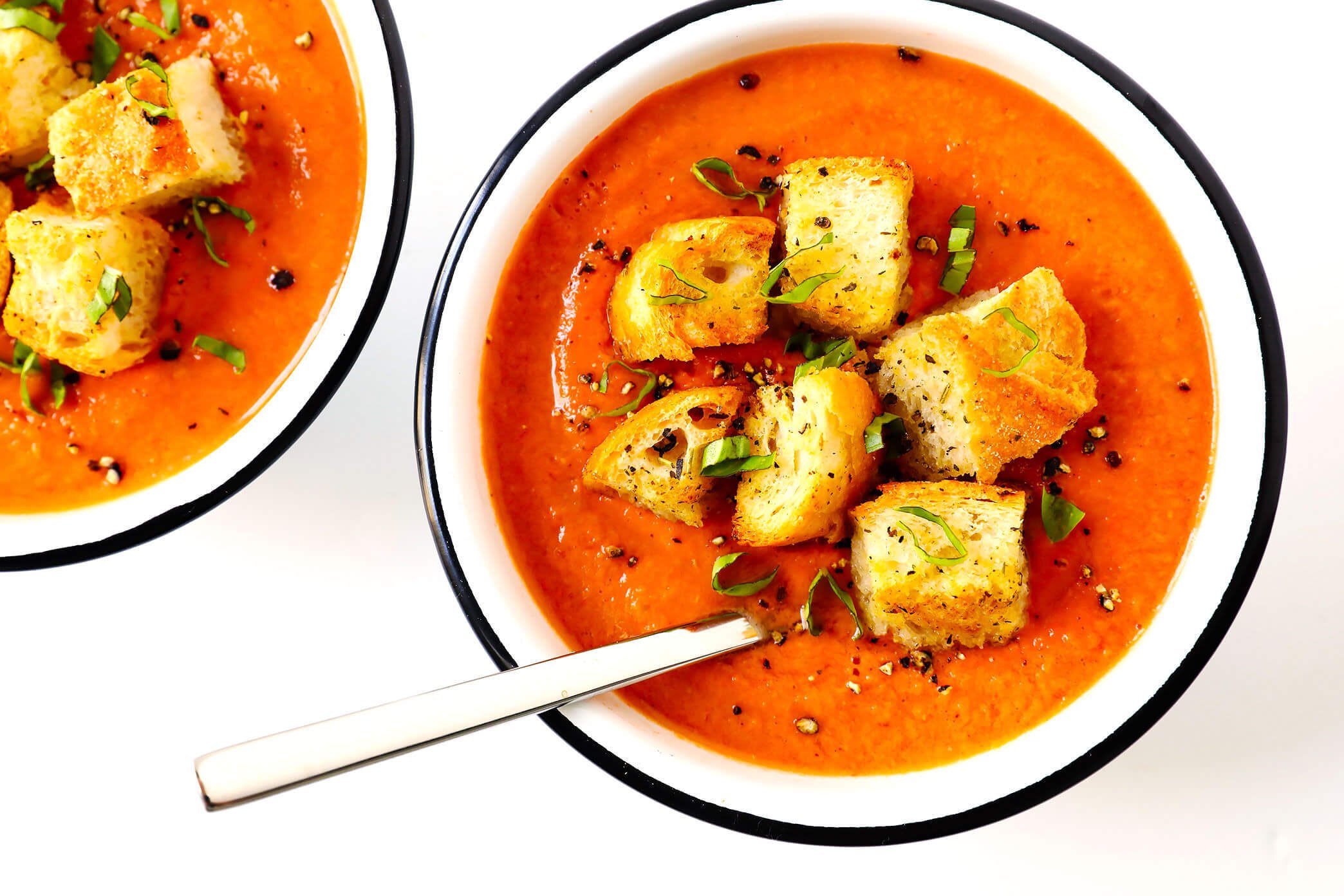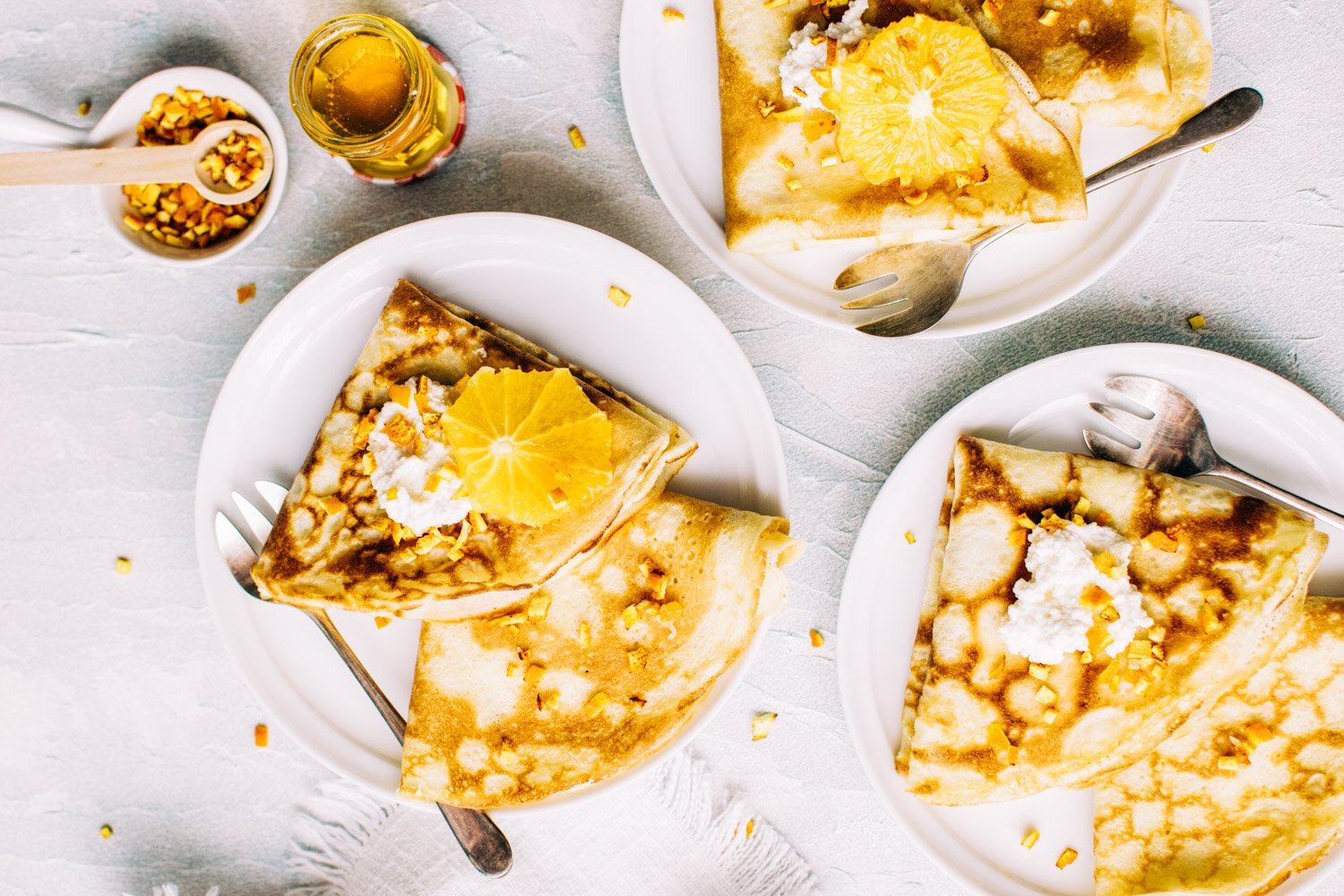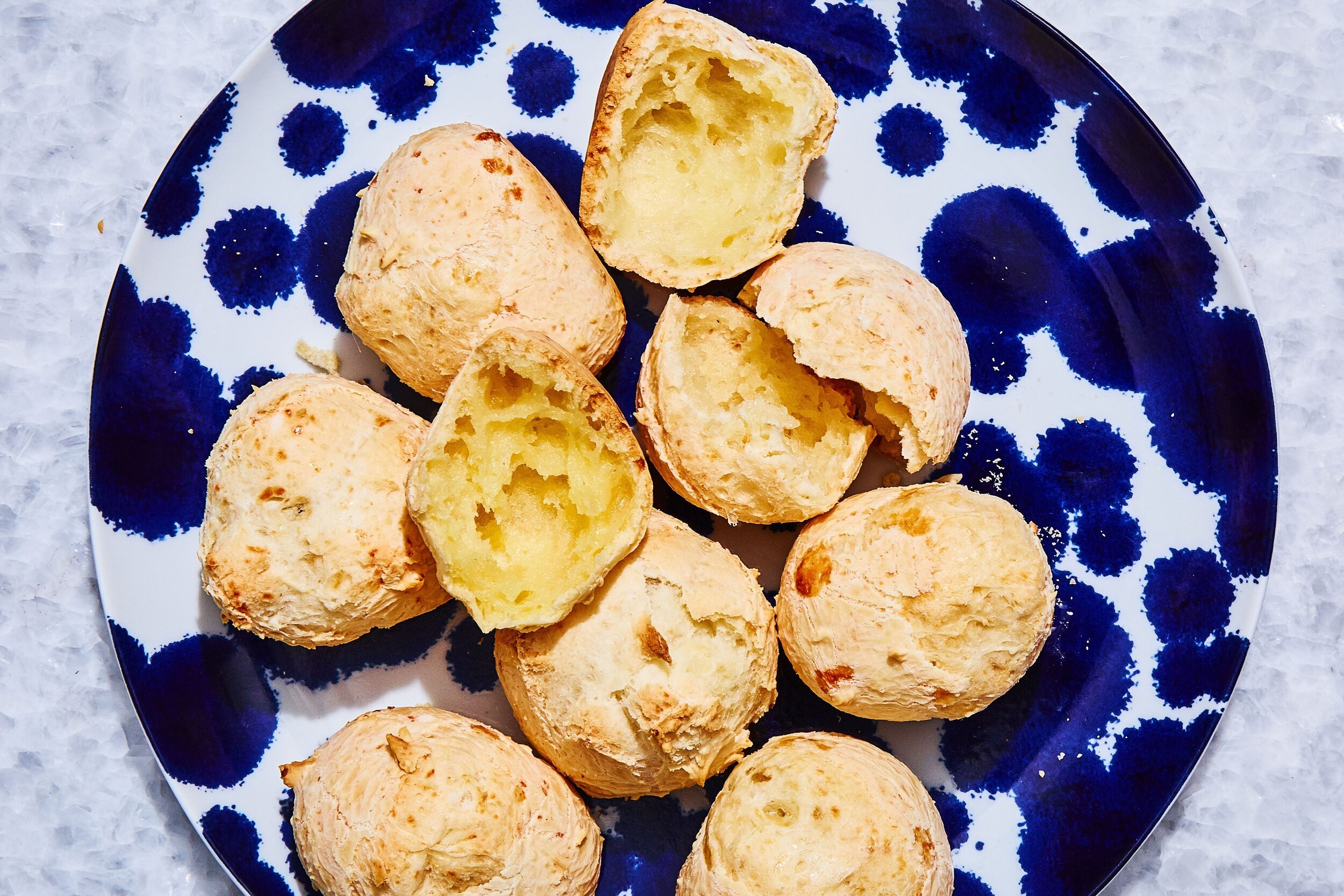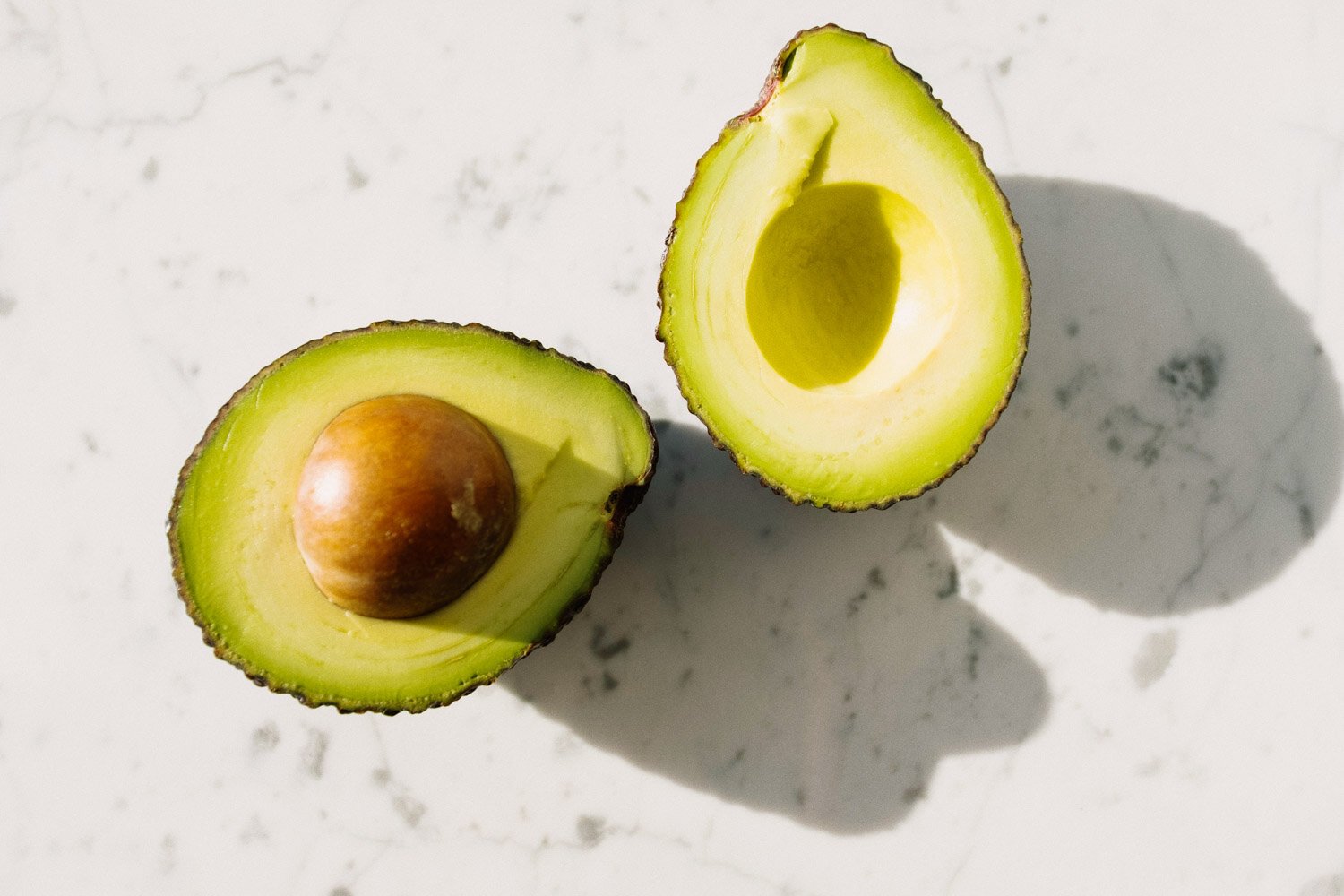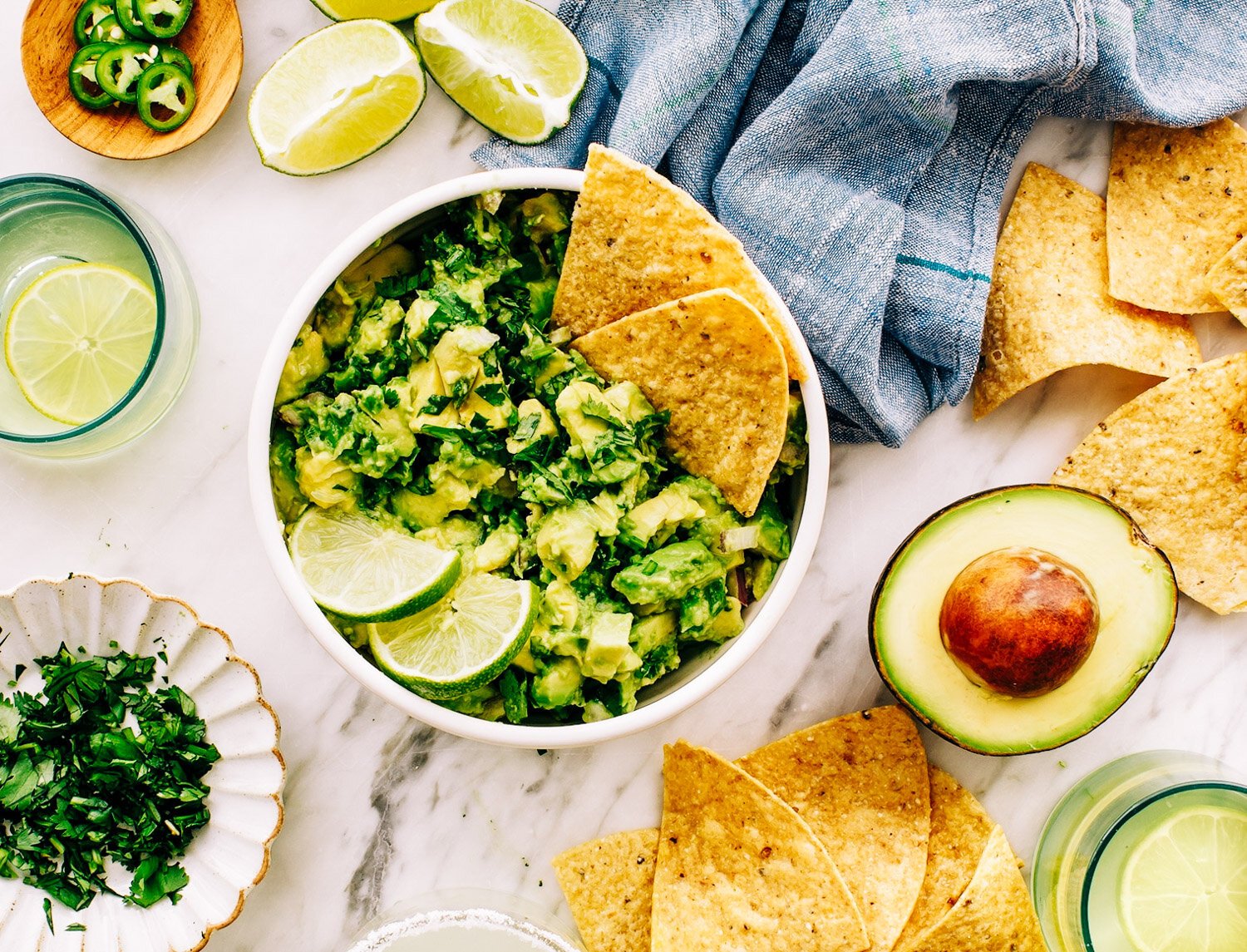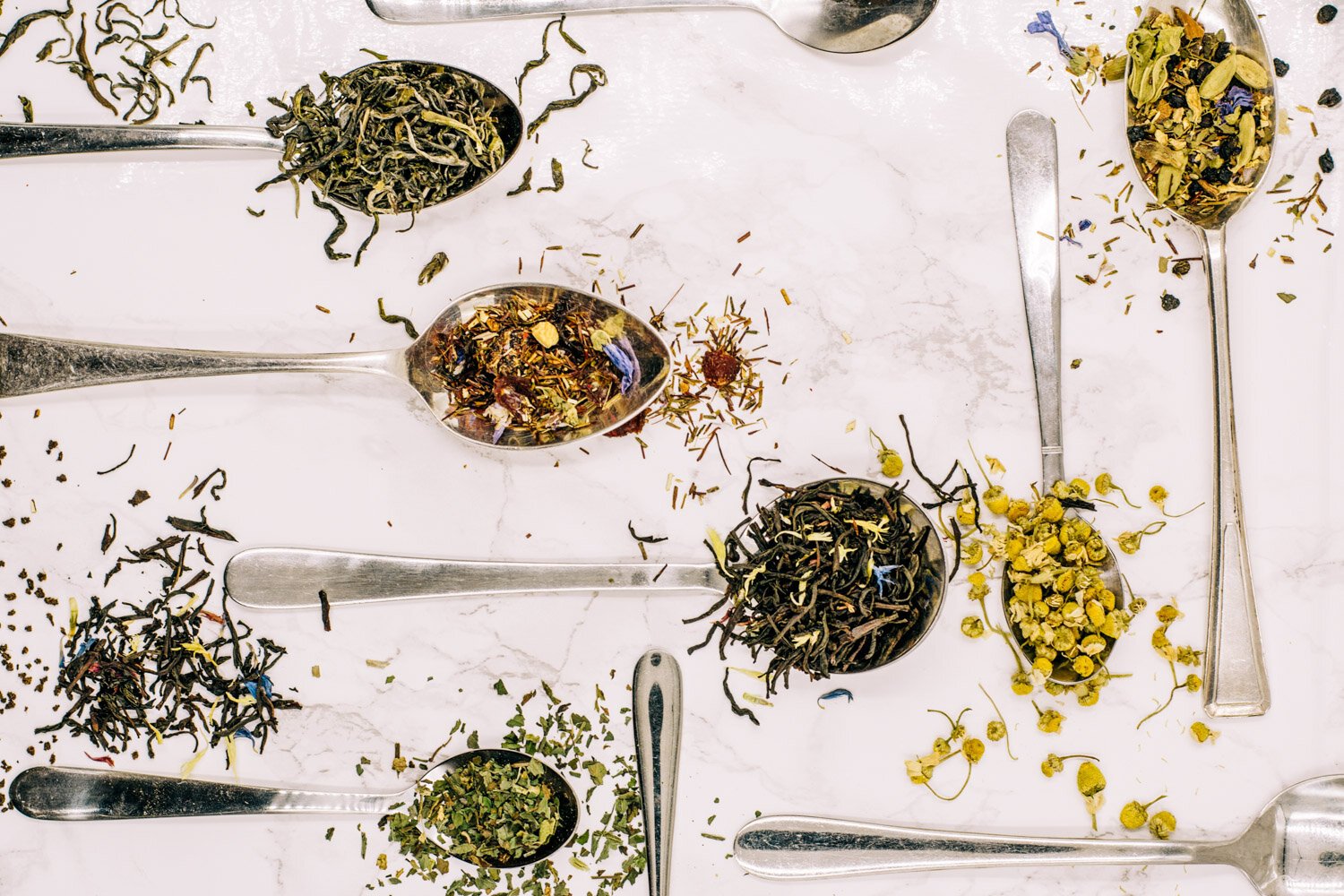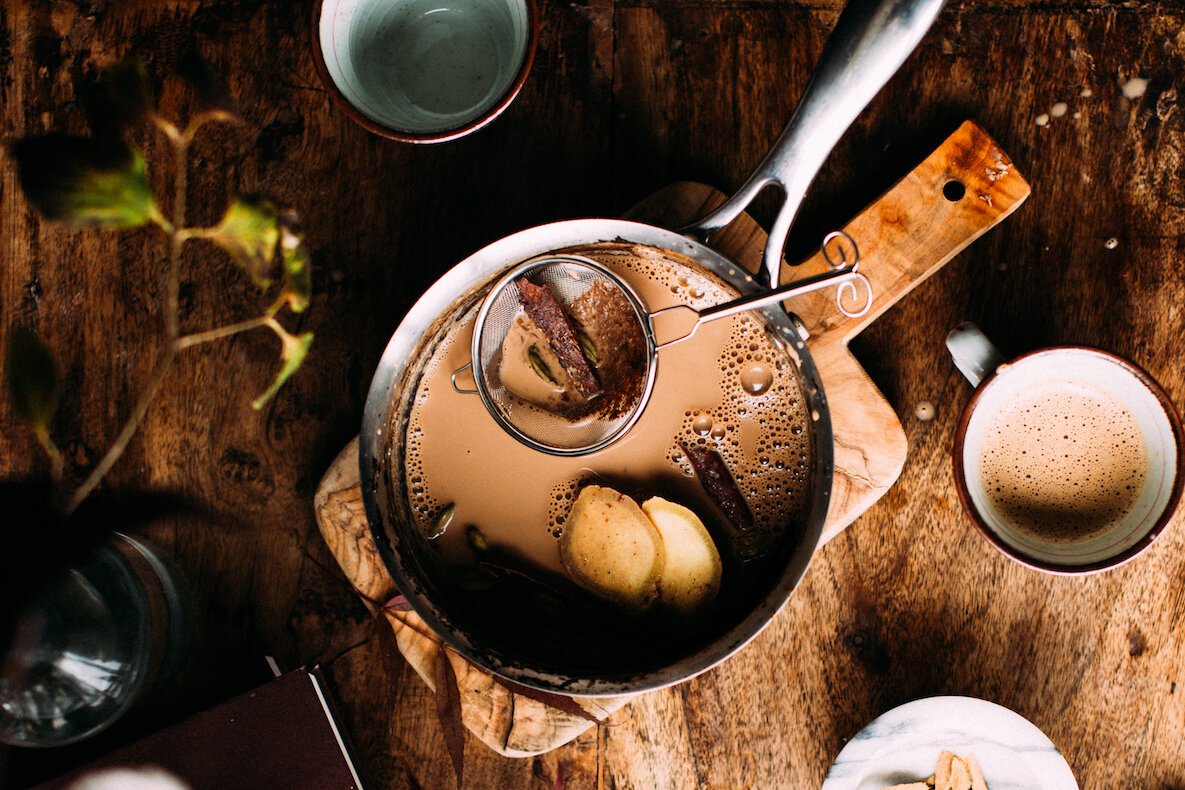The Naya Recipe Book
The Naya Recipe Book
This global lockdown is giving everyone a chance to slow down. And if you’re anything like us, it’s the perfect opportunity to sort through countless ink-filled moleskins, boxes full of precious trinkets, and forgotten mementos from your journeys (hello Spring cleaning).
In this post, we’re unearthing some of our most treasured journal findings: RECIPES. Keeping it simple and authentic, we’ve compiled a list of our favourites: the ones that we brought home with us from our travels and adopted as our own. Easy to make, no-fuss ingredients, and delicious flavours that bring us back to the busy streets of Jaipur, hidden riads of Fes, or the sleepy countryside of Cambodia.
As we take a momentary pause from travelling, there’s no reason why we can’t keep basking in the memories of our journeys and bring some of those exciting flavours into our kitchens.
These dishes are full of heritage and distinctive character of their home countries, both for locals and travelers alike. With love from our destinations, we hope to inspire and feed your appetite for future journeys to come.
✧
Buen Provecho!
Argentina
Traditional Beef Empanadas
Empanadas are a popular staple in Argentine cuisine. They are easy to make, convenient to eat either at home, a gathering or on the go. The fillings are as diverse as the country’s own landscapes and the methods of preparing these hand-eating delights vary from region to region, where preparing them has become a well-established ritual easily reenacted at home. Nevertheless, the meat empanadas remain the most traditional and well-loved variety. Ask our Argentine-native founder Sofia, and she’ll tell you she dips them in sugar before biting into them!
Ingredients
For the Dough
Round puff pastry sheets
Water
For the Filling
2 tbsp. Extra-virgin olive oil
2 Eggs, boiled and chopped
2lbs. Ground Beef or finely-chopped beef shoulder
2 medium-sized brown onions, chopped
2 medium-sized red bell peppers, chopped and seeded
Salt & Pepper
1 tbsp. Sugar
2 tbsp. Cumin
1/2 tsp. Sweet Paprika
1/2 cup Green Olives, chopped and pitted
Instructions
Season meat with salt and pepper.
Heat a skillet with a tablespoon of olive oil.
Add onions and cook at low heat until translucent.
Add chopped red pepper, cumin and paprika and sugar, cook for several minutes.
Remove mixture from the skillet and set aside in a bowl.
Add tablespoon of olive oil to the skillet and transfer seasoned meat.
Cook for until browned, occasionally breaking up ground lumps.
Once the meat is cooked, stir in onion & pepper mixture.
Remove from heat and let sit until cool.
Preheat oven to 375° and take out dough to temper at room temperature for 15 minutes.
Once the filling has cooled, add olives and boiled egg. Mix well.
Arrange dough rounds on a non-stick work surface.
Add 2 tablespoons of filling to each round.
With finger or brush, brush water around the edge of the dough rounds.
Fold rounds over the filling and pinch edges to close.
Repeat with each round.
Transfer empanadas onto a parchment-paper lined oven tray.
Place in the oven and bake until golden brown for about 20 minutes. Rotate empanadas half way through.
Cambodia
Khmer Chicken Mango Salad
After having lived in Cambodia a few years back, this was the one recipe Marta took with her when she left, and it’s become a recurring event in her kitchen ever since. For her, this salad is a vivid representation of everything Cambodia is: colourful, busy, a little hectic, green and tangy.
This salad is made with few and simple ingredients that are full of contrasting flavours and textures. Although it’s possible to make substitutions (substitute the chicken with tofu for a veggie version), the key to its authentic Cambodian flavour lies in the green mango, so try to stick with this ingredient if you can. If you’re like Marta, you’ll want to add the last optional ingredient to give it a little kick.
Ingredients
1 green mango, peeled and shredded
300gr cooked chicken breast, shredded
100gr carrots, shredded
100gr roasted peanuts, chopped
2 tblspn brown sugar
2 tblspn fish sauce
1 tsp kosher salt
2 garlic cloves
2 shallots
1 lime
50gr basil, roughly chopped
50gr mint, roughly chopped
Green chillies, finely chopped (optional)
Instructions
Heat a small pan over high heat. Place shallots and garlic to cook until charred. Several minutes.
Transfer garlic and shallots to a bowl and let cool.
Once cooled, peel (discard outer skins) and chop shallots and garlic. Set aside.
In a large bowl, mix together the shredded mango, chicken, carrots and peanuts. Add shallots, garlic, chopped basil and mint. Mix well.
Add juice from the lime (squeeze well, amount to taste), brown sugar, salt and fish sauce.
Serve on a plate, garnish with a bit of basil and peanuts.
Morocco
Atay Bi Nana (Mint Tea)
There couldn’t be a more iconic flavour to transport us straight into the heart of Morocco than sweet and fragrant Atay Bi Nana. For Sarah, who was born and raised in Morocco, the ritual of Atay Bi Nana is a way to remain connected to her roots and childhood memories.
Moroccan Mint Tea is more than just a popular drink—it is a ceremonial act and marker of great Moroccan hospitality. Therefore, when making Moroccan Mint Tea, the procedures of preparing and serving it are just as important a part as drinking it.
Ingredients
1 tablespoon of loose gunpowder green tea
A handful of fresh mint leaves, washed (spearmint preferred)
5 cups boiling water
Sugar to taste (2-3 tablespoons)
Instructions
Put green tea in teapot.
Pour in boiling water.
Swirl gently to warm pot and rinse tea.
Strain out and discard water, reserving tea leaves in pot.
Add remaining 4 cups boiling water to tea and let steep 2 minutes.
Stir in sugar (to taste) and mint leaves. Steep 3 to 4 minutes more.
Serve in small heatproof glasses, lifting the teapot high above the cup while pouring to aerate the tea.
Spain
Gazpacho Andaluz
In the heat of Spain’s southern region of Andalusia, Gazpacho is the ultimate nutritious thirst-quencher. We don’t like to call this a chilled soup, since there’s no actual cooking involved—a drinkable salad perhaps? And since it’s a raw dish, the key to a successful Gazpacho is found in the quality of the ingredients: ripe tomatoes, cucumber, red pepper, garlic, onions, bread, vinegar and extra-virgin olive oil. Finally, to turn this vegetable juice into a true Andalusian Gazpacho, you must not forget the sacramentos, a series of granishes to taste, such a boiled eggs, home made croutons, and a generous dash of fragrant olive oil.
Instructions
Chop all the vegetables. For the garlic, be sure to remove and discard the heart.
Transfer tomatoes to a blender with a little bit of water. Blend for several minutes until smooth.
Add cucumber, red pepper, shallots and garlic. Blend on high speed for several minutes until smooth.
Add rustic bread, sherry vinegar, salt & pepper (to taste) and blend some more, until texture becomes silky.
Transfer mixture into a deep bowl. Stir in olive oil (if you add olive oil while blending, you will lose the texture of the oil and the soup will emulsify).
Cover bowl and refrigerate for several hours.
To serve, pour into a small bowl and garnish with your favourite toppings.
Ingredients
1kg plum tomatoes, quartered
90gr cucumber, peeled, thickly sliced
90gr red bell pepper, seeded, cut into strips
50gr shallots, peeled, chopped
30gr rustic bread
1 garlic clove, halved (remove the heart)
1 cup extra-virgin olive oil (preferably Spanish)
1 tablespoon sherry or balsamic vinegar
Fine sea salt
Black pepper
Garnishes
Rustic bread (sourdough preferred, broken into small pieces)
1 Egg, boiled, shredded
10gr Spanish cured ham, thinly chopped
1/2 cucumber, scrubbed
Dash of extra-virgin olive oil
Brazil
Pão de Queijo
These oven-baked cheese bites are a popular snack and breakfast food in Brazil. Despite its simplicity, this delicious recipe is charged with cultural heritage: the origins of Pao de Queijo can be traced back to the state of Minas Gerais during the Gold Rush in the 18th century, a staple for the slave population at the time. Since then, it has become hugely popular across South America, and variations of it can be found across Latin America.
Ingredients
200ml whole milk
200gr unsalted butter
1 teaspoon kosher salt
500gr tapioca flour
4 large eggs
300gr semi-cured cheese
1/2 cup water
Instructions
Preheat oven to 180°.
Prepare a tray with parchment paper.
Heat milk, butter, salt, and half a cup water in a large saucepan over medium-high heat, stirring occasionally, until butter is melted and mixture begins to boil (about 4 minutes).
Remove from heat and add tapioca flour
Stir with a wooden spoon until dough is dry and flaky.
Transfer to the bowl and let cool for several minutes.
Beat mixture until dough starts to come together.
Add eggs, one at a time, and continue to beat until incorporated (dough will look broken at first, then come together).
Continue to beat until dough is smooth, sticky, and somewhat stretchy.
Add cheese and beat until evenly distributed.
Shape dough into ping pong ball-sized pieces with your hands and transfer to a parchment-lined rimmed baking sheet, spacing about 2" apart.
Bake for 20-30 minutes, until the dough balls are golden with dark brown speckles.
Let cool 10 minutes before serving.
Guatemala
Guacamole
The rightful claim to this globally beloved dip belongs to the Mayas, one of the world’s major ancient civilizations that once expanded throughout Central America. During the heyday of the Mayan Empire, avocados were a treasured crop eaten as a snack or accompanying more elaborate food preparations.
Not much has changed to this day, except the growth of Guacamole’s popularity across the world. Residents of Antigua Guatemala are affectionately nicknamed ‘Panzas Verdes’ (green bellies) as a result of their reliance on avocados and guacamole at every meal.
Instructions
Chop red onions, cilantro and green chillies. Set aside.
Slice avocados in half and remove the pits. Dice the avocado halves and scoop out with a tablespoon. Place in a bowl.
Add the onion, cilantro, green chillies, lime juice and salt to the bowl.
Stir together (without overdoing it) until all ingredients are mixed enough, but the avocado retains a chunky texture.
Serve with corn tortilla chips.
Ingredients
1 large ripe avocado, peeled, pitted
2 teaspoons fresh lime juice
1/2 cup fresh cilantro, chopped
1/4 cup red onion, finely chopped
1 green chile pepper seeded, chopped
Salt and pepper to taste
India
Masala Chai
Masala Chai, which translates into spiced tea, personifies the scent and taste that India wakes up to every morning. This spiced black tea is milky, rich and full of energizing flavour to start your day right. The fragrant aroma of the spices will immediately transport you to the eclectic streets of India, where chai wallahs (tea vendors) stationed at every corner ceremoniously blend the masala, brew the mixture and pull the tea in small metal cups for passerby’s.
Ingredients
3 tablespoons loose black tea, or 6 black tea bags
2 cups water
2 cups whole milk
10 green cardamom pods, cracked
1 whole cinnamon stick
4 cloves
4 black pepper pods
1/2 teaspoon fresh ginger, thinly sliced
Packed brown sugar, to taste
Instructions
In a small pot, bring water to a boil.
Add ginger, cinnamon, cardamom, cloves and pepper. Simmer for about 15 minutes, stirring occasionally, until water reduces slightly.
Remove pot from the heat, and add black tea. Steep for several minutes.
Return pot to medium heat and add milk. Stir occasionally, making sure the mixture doesn’t boil.
Stirr in sugar to taste.
Once the top becomes frothy, remove from heat and steep for a minute.
Strain tea into a cup or mug.


